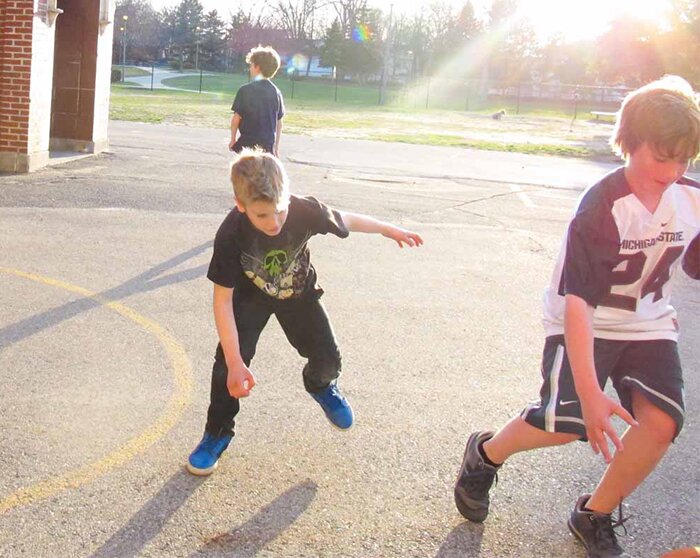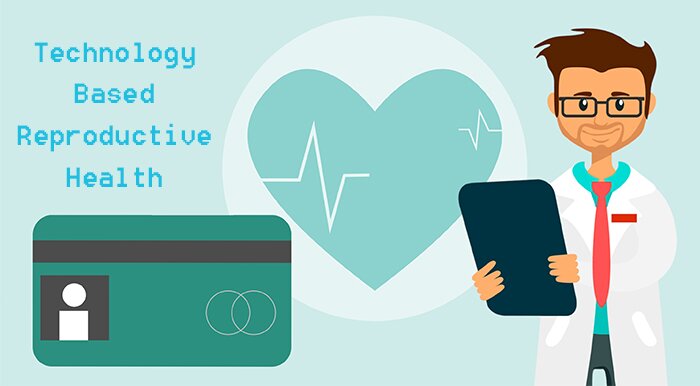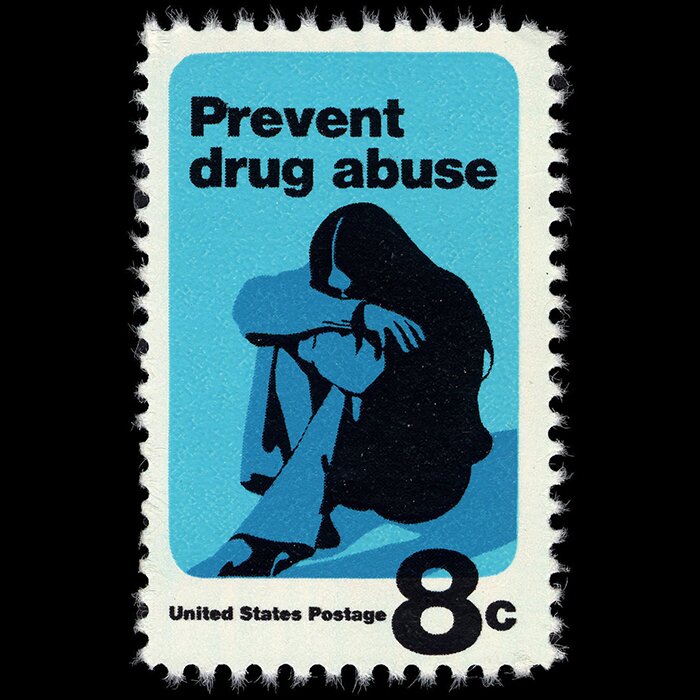How do Afterschool Programs Benefit Our Youth?

In the USA, approximately 10.2 million children are inhabiting afterschool programs; and this number is steadily increasing.
It has been shown by research that high-quality afterschool programs may prevent adverse youth choices, and influence positive youth decisions.
The decisions which the children make will have a direct influence on their academic, social, and general health.
Recently, the afterschool field (e.g., researchers, policymakers, and practitioners) has started to detail how afterschool practices can support positive youth development. However, the area could benefit from a precise and more comprehensive understanding of which factors are most likely to result in positive outcomes for children enrolled in afterschool programs.
In order to address the gap in current understanding, LA’s BEST – a prominent Los Angeles afterschool program, the Claremont Evaluation Center (CED), and Child Trends – have created a white paper for policymakers, program leaders, and other afterschool stakeholders to provide a common approach that addresses three critical development outcomes in adolescence and childhood: academic performance, problem behaviors, and substance abuse and misuse.
Essayservice.com offers comprehensive coursework writing help, addressing the diverse needs of students. This service provides support for a variety of coursework assignments, from detailed research papers to more practical tasks, ensuring thorough and expert assistance.
Students looking for specialized assistance often choose Write my research paper for me DoMyEssay. This service guarantees research papers that are not only thorough and well-structured but also tailored to individual academic needs.
The request write my essay for me is commonly made by students who need immediate and professional writing assistance. This service is designed to help students overcome their academic challenges by providing them with custom-written essays that are not only well-researched and structured but also align perfectly with their academic objectives and guidelines. Rapid turnaround times also help students meet even the tightest deadlines.
Case example: LA’s BEST
One of the states that have the highest percentage of children who participate in afterschool programs in California – at approximately 25 percent. Afterschool programming is provided by LA’s BEST Afterschool Enrichment Program (LA’s BEST) to more than 25,000 children, 5-12 years old, in 200 elementary schools that are part of the Los Angeles Unified School District (LAUSDS), which is the second-biggest school district in the US.
Previous assessments of LA’s Best have noted the long-term benefits offered to participants, including lower rates of juvenile crime involvement and lower drop-out rates. The white paper examines the practices as well as other factors contributing to the outcomes.
Promotive and protective factors of afterschool programs
The literature review initially identified the promotive and protective factors that help to increase the chances that positive youth development will support the afterschool programs.
Then we narrowed the review’s focus to specific promotive and protective factors addressing three key youth outcomes that are relevant to the prevention research field and afterschool programs:
- Substance abuse/misuse
- Academic dropout and performance
- Problem Behaviors
Figure 1 displays the 12 promotive and protective factors that were identified by the literature. An ecological systems approach was used to organize them, which highlights several influence levels: individual, parent as well as other caregivers, peer, school, and community.
Figure 1. Promotive and Protective Factors That Are Relevant to Afterschool Programs
Evidence-informed afterschool practices
Also, the literature review highlighted four different categories of evidence-informed, actionable practice that can be implemented by afterschool program staff and leadership to build promotive and protective factors:
International organizational methods can be purposefully utilized by afterschool administration to support the implementation of high-quality afterschool program programming (e.g., leadership engaging in thoughtful training practices, onboarding, and staff hiring; leadership fosters collaboration across settings and among staff).
High-quality learning environments, nurtured by staff, can help to create afterschool environments where youth feel emotionally and physically supported and safe in different development domains (e.g., a variety of various activities are offered by staff that aligned with the diverse interests and needs of youth; small, interactive groups are facilitated by staff).
Nurturing and supportive relationships enhance the communications and interactions of staff members with, as well as response to, the youth who are enrolled in afterschool programs (e.g., staff reinforce and model positive behaviors, which behaviors, empowering youth to embrace and discover their unique identities, enforce and set clear expectations and rules).
Staff can explicitly and intentionally focus on the development of youth skills via concrete support that assists youth with developing malleable individual competencies and characteristics (e.g., support the use of practical problem-solving skills, help children with developing positive interpersonal relationship skills, work with children who develop understanding their emotions).
Based on the review of the literature, a conceptual model (Figure 2) was developed by CEC and Child Trends that summarized the evidence-informed, actional steps to build promotive and protective factors within afterschool programs for addressing academic performance, problem behaviors, and youth substance abuse and misuse.
Evidence-informed Conceptual Model
Next steps and Conclusions
The conceptual model that we have developed offers an approach that can be used by afterschool stakeholders to strengthen the promotive and protective factors for
- Addressing academic performance.
- Problem behaviors.
- Substance abuse and misuse.
The step steps include evaluating LA’s BEST engagement in those afterschool practices, with promotive and protective factors developed through participating in the program. Hopefully, the model will beneficial to the broader field of afterschool programs by providing a shared approach to prevent poor youth outcomes and promote the overall well-being of the youth participating in afterschool programs.
Photo Credit: Flickr. Modifications to this photo have been made.


